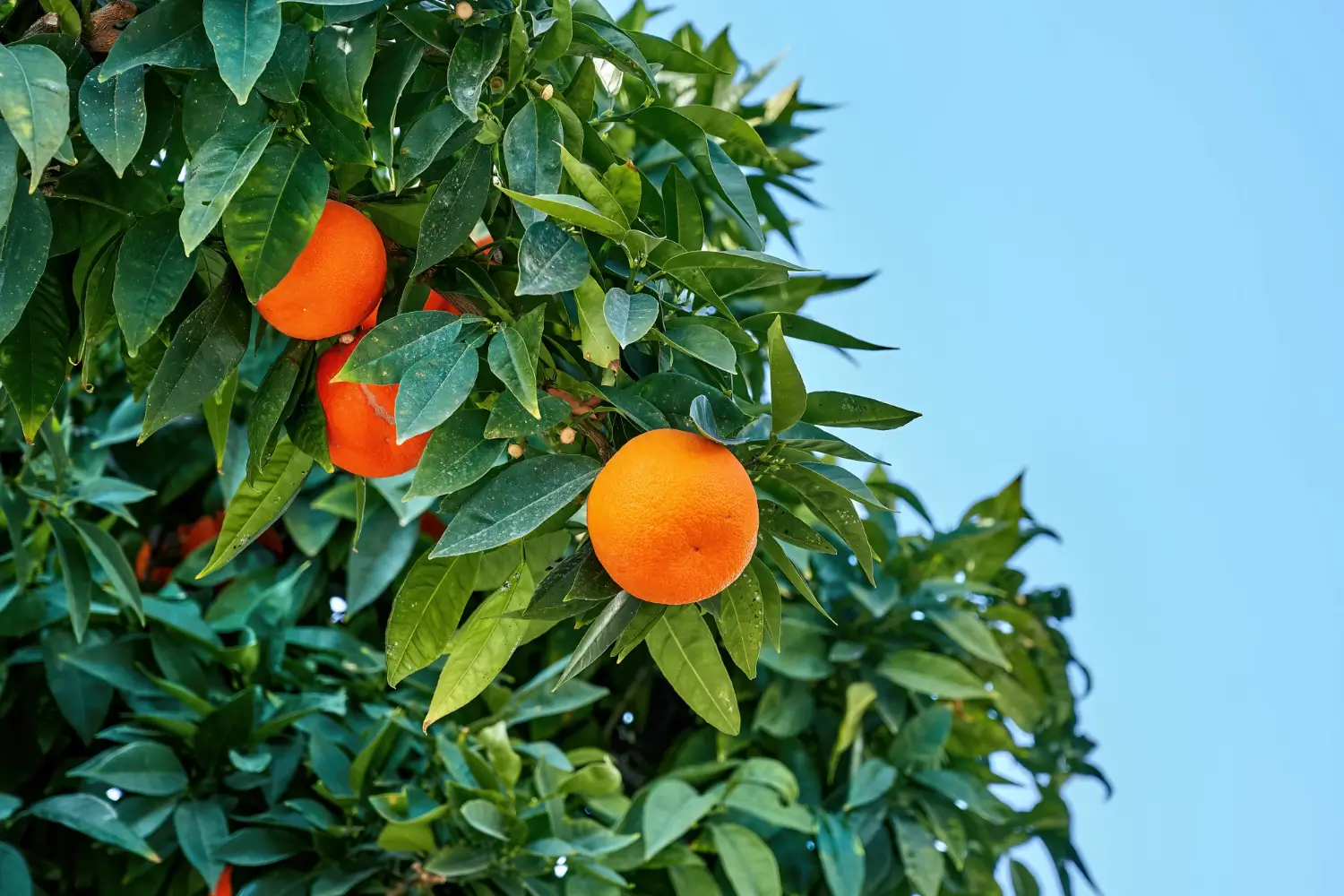
Soil Health & Fertilization
We unite suppliers and green industry professionals worldwide
Yellow Bird Magnolia is a deciduous, hybrid tree valued for its large, bold yellow, tulip-shaped flowers that appear just after the threat of frost has passed.
By Victor Miller
|Published on June 18, 2025
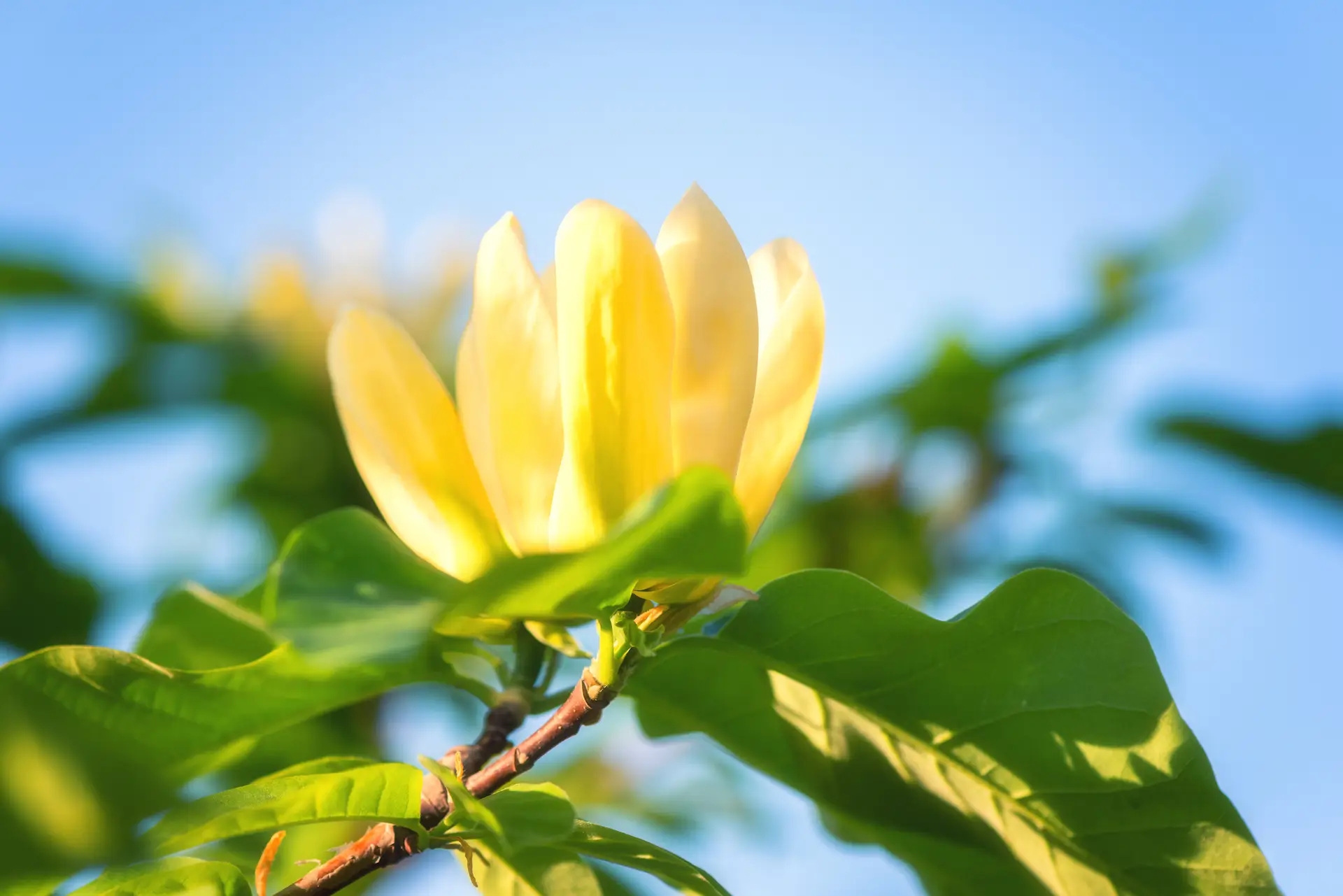

“Think magnolias only bloom in white or pink? Meet ‘Yellow Bird’ - a vibrant twist on a timeless classic.”
Yellow Bird Magnolia (Magnolia × 'Yellow Bird') is a deciduous, hybrid tree valued for its large, bold yellow, tulip-shaped flowers that appear just after the threat of frost has passed. Unlike many early-flowering magnolias with risk of losing blooms to cold snaps, Yellow Bird’s late flowering time makes it more reliable — without sacrificing beauty.
With a pyramidal shape, attractive foliage, and cheerful spring blossoms that emerge alongside fresh green leaves, this medium-sized tree is a perfect blend of resilience and refinement. Whether as a specimen in a front yard or a focal point in a backyard retreat, Yellow Bird Magnolia is elegant in full color.
| Botanical Name | Magnolia × 'Yellow Bird' |
| Common Name | Yellow Bird Magnolia |
| Type | Deciduous flowering tree |
| Height | 30–40 feet |
| Sunlight | Full sun to partial shade |
| Soil | Moist, well-draining, slightly acidic soil |
| Water Needs | Moderate; water regularly during establishment |
| Hardiness Zones | 4–9 |
| Bloom Time | Late spring |

September 25, 2025
9 minute read
September 24, 2025
9 minute read
September 23, 2025
10 minute read
September 22, 2025
9 minute read


Join as a seller and connect with thousands of B2B buyers nationwide!
Sign Up
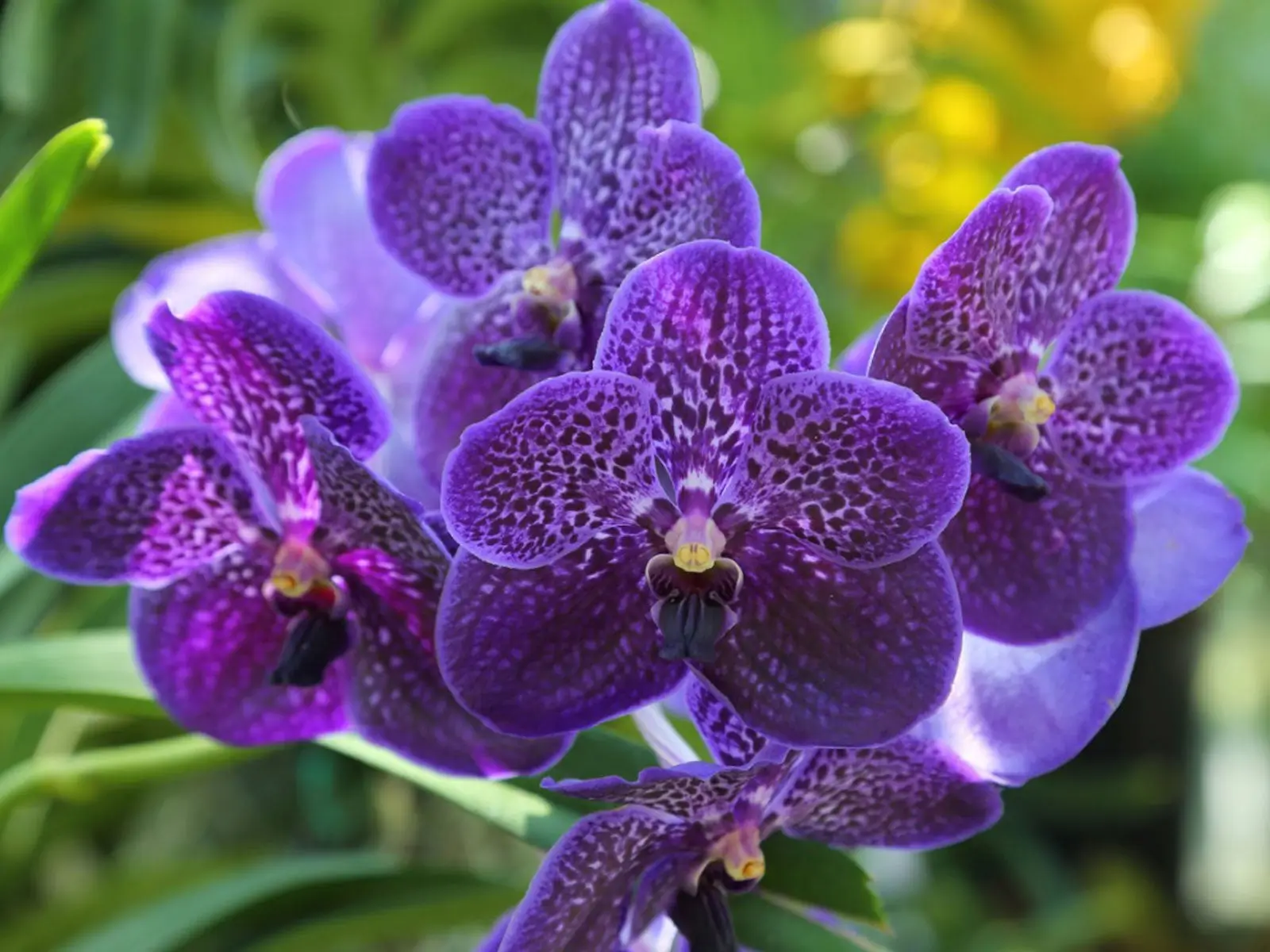
Vanda Orchid
The Vanda Orchid, with its bold, showy blooms, and exposed roots is one of the most stunning tropical plants you can grow.

Xyris
Xyris (Xyris spp.), also known as Yellow-eyed Grass, is an attractive perennial native to wetlands and marshes.
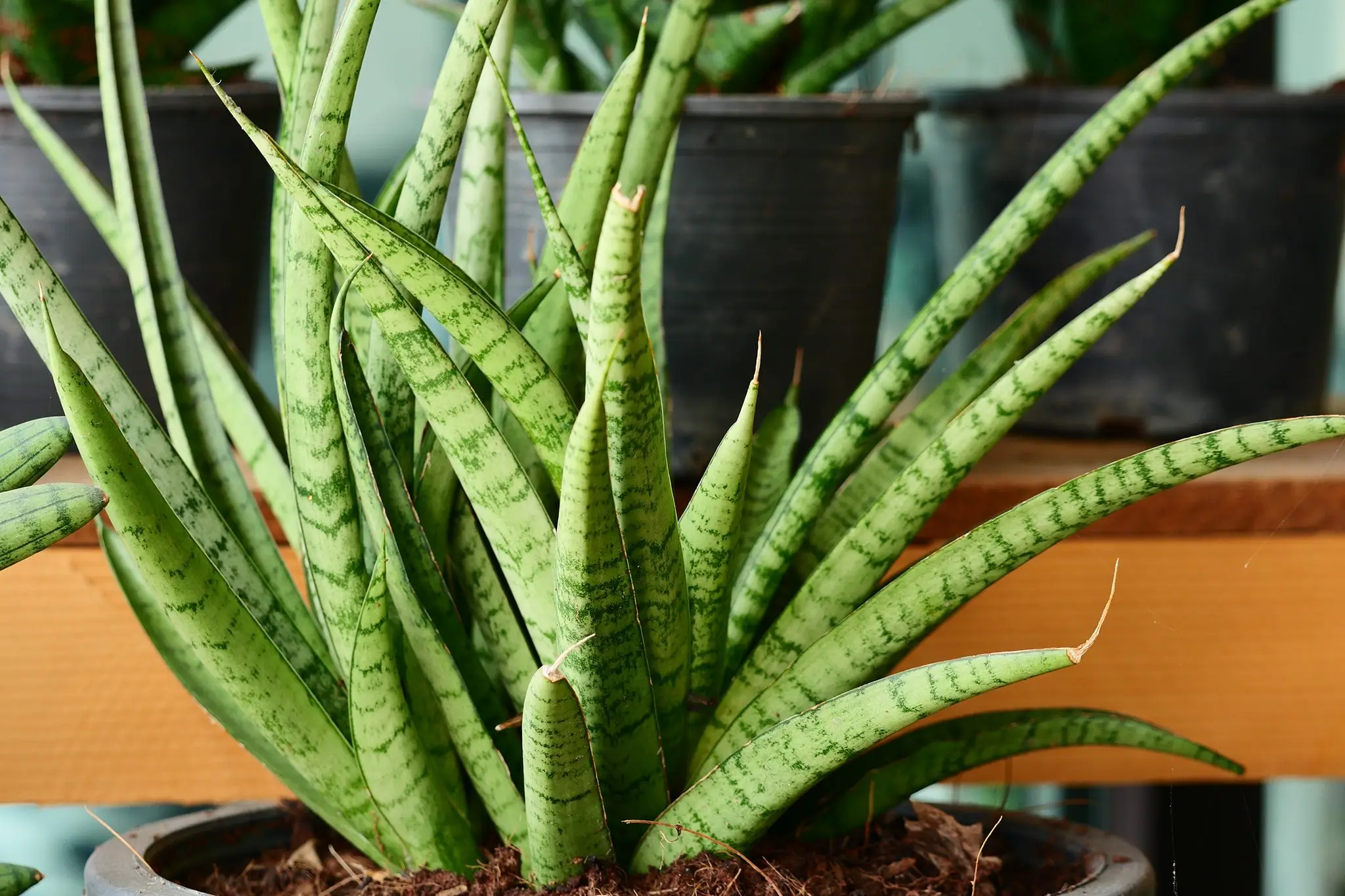
African Spear Plant
The African Spear Plant (Sansevieria cylindrica), also known as cylindrical snake plant or spear sansevieria, is a hardy, architectural succulent native to Angola.
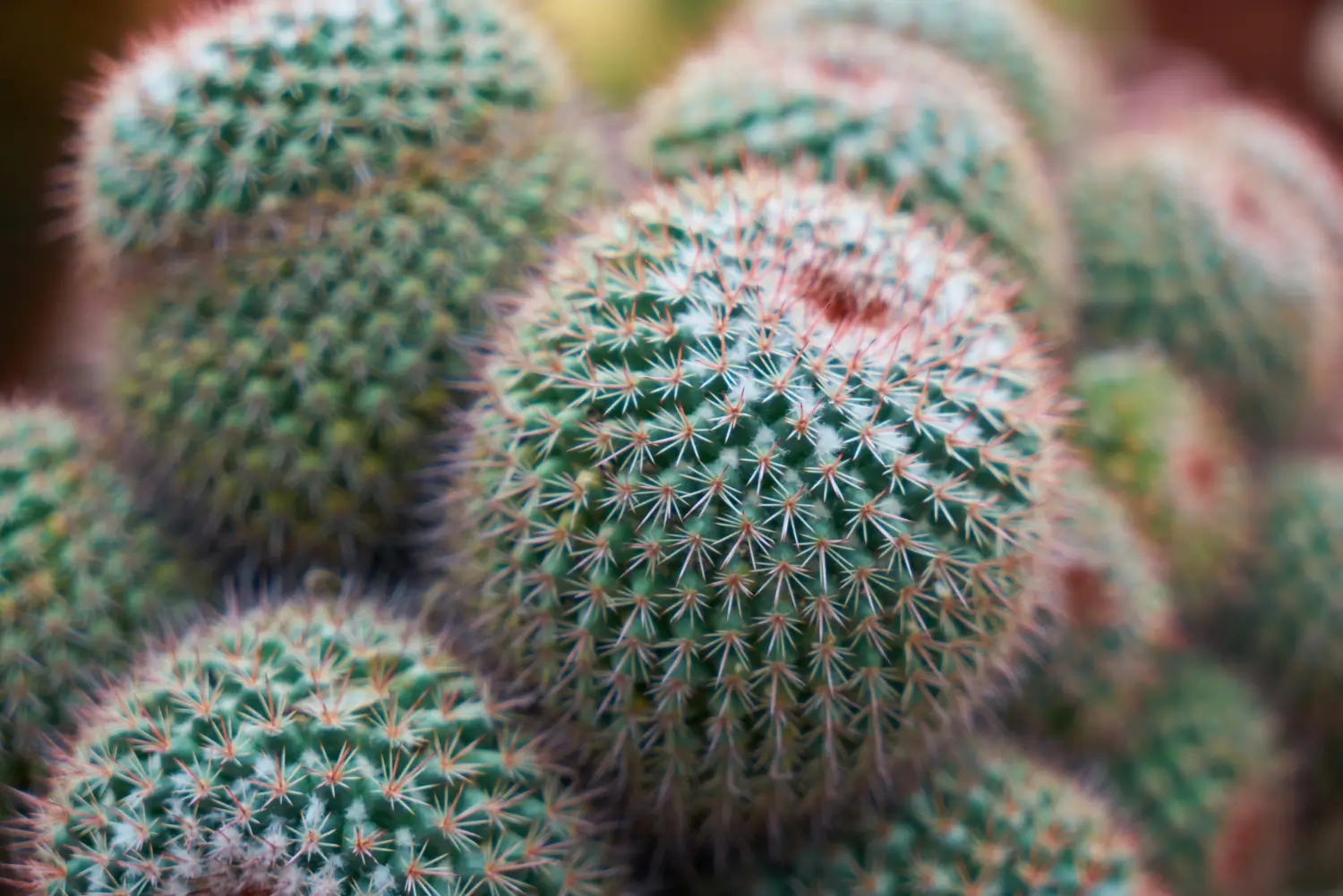
Ball Cactus
The Ball Cactus (Parodia magnifica and related species in the Notocactus group) earns its name from its globe-like form and neatly spaced ribs, giving it the appearance of a botanical sculpture
Once established, Yellow Bird Magnolia is not particularly hard to grow. Plant in early spring or fall, when the weather is cool. It grows best in moist, well-draining soils and enjoys organic mulch at its base to retain moisture and regulate temperature.
This Magnolia forms an upright, pyramidal shape and requires little pruning. Among magnolia species, it is one of the most cold-tolerant and its blooming time is less susceptible to frost damage than other magnolias.
Plant Yellow Bird Magnolia in full sun, and you will be rewarded with strong growth and plenty of blooms. It is also reasonably drought-tolerant.
Yellow Bird Magnolia accepts partial shade, particularly in hot areas, but the amount of flowers produced will be lower. A bright, open space with morning sun is ideal.
This Magnolia likes a slightly acidic, ferlite soil with good drainage. It does not do well with heavy, compacted, or alkaline soils. Amend with compost or peat moss if needed. Once established, it can tolerate occasional dry spells, but good drainage is key to preventing root issues.
Young trees require regular watering during their 1–2 years, and particularly during dry periods. Aim to keep the soil evenly moist but not soggy.
Pro tip: Mulch helps retain moisture and keeps roots cool in summer
Pruning is needed for Yellow Bird Magnolia. It naturally grows in a tidy, upright form.
Pro tip: Avoid hard pruning; magnolias don't regenerate well from drastic cuts
Yellow Bird Magnolia is normally propagated by grafting or cuttings, but is not one of the easiest magnolias to propagate at home.
From semi-hardwood cuttings:
From seed (not recommended for hybrids):
Though best planted in the ground, small trees can also be planted in large containers for patio or urban garden:
Tip: Protect pots from freezing temps by wrapping or relocating
Yellow Bird Magnolia is fully cold hardy in USDA Zones 4-9. No special protection is needed for mature in-ground trees.
Yellow Bird Magnolia blooms late; which helps prevent frost damage and also expands your magnolia season:
Generally pest- and disease-resistant, but some issues can arise:
Yellow Bird Magnolia brings a fresh perspective to spring landscapes with its rich yellow blooms, elegant form, and dependable performance. Blooming later than other magnolias, it dodges frost and delivers a reliable burst of sunshine right when you need it.
Planted as a specimen tree or as part of a flowering border, this beauty is a testament that classic beauty can present itself in exciting new ways. If you’re looking to brighten your garden with something a little unexpected yet entirely elegant—this magnolia may be just the tree you’ve been waiting for.
Yes, it is a deciduous tree. Leaves become golden or bronze in fall before falling.
It’s a relatively medium-sized tree and can be lightly pruned or grown in a larger container for a space-conscious landscape.
The best periods are early spring or fall, when the weather is cooler and more stable.
It’s not known for its strong fragrance, but its striking color more than makes up for it.
Deer do not particularly like magnolias, though they may browse on young trees - protect trunks if necessary.

Soil Health & Fertilization
Victor Miller
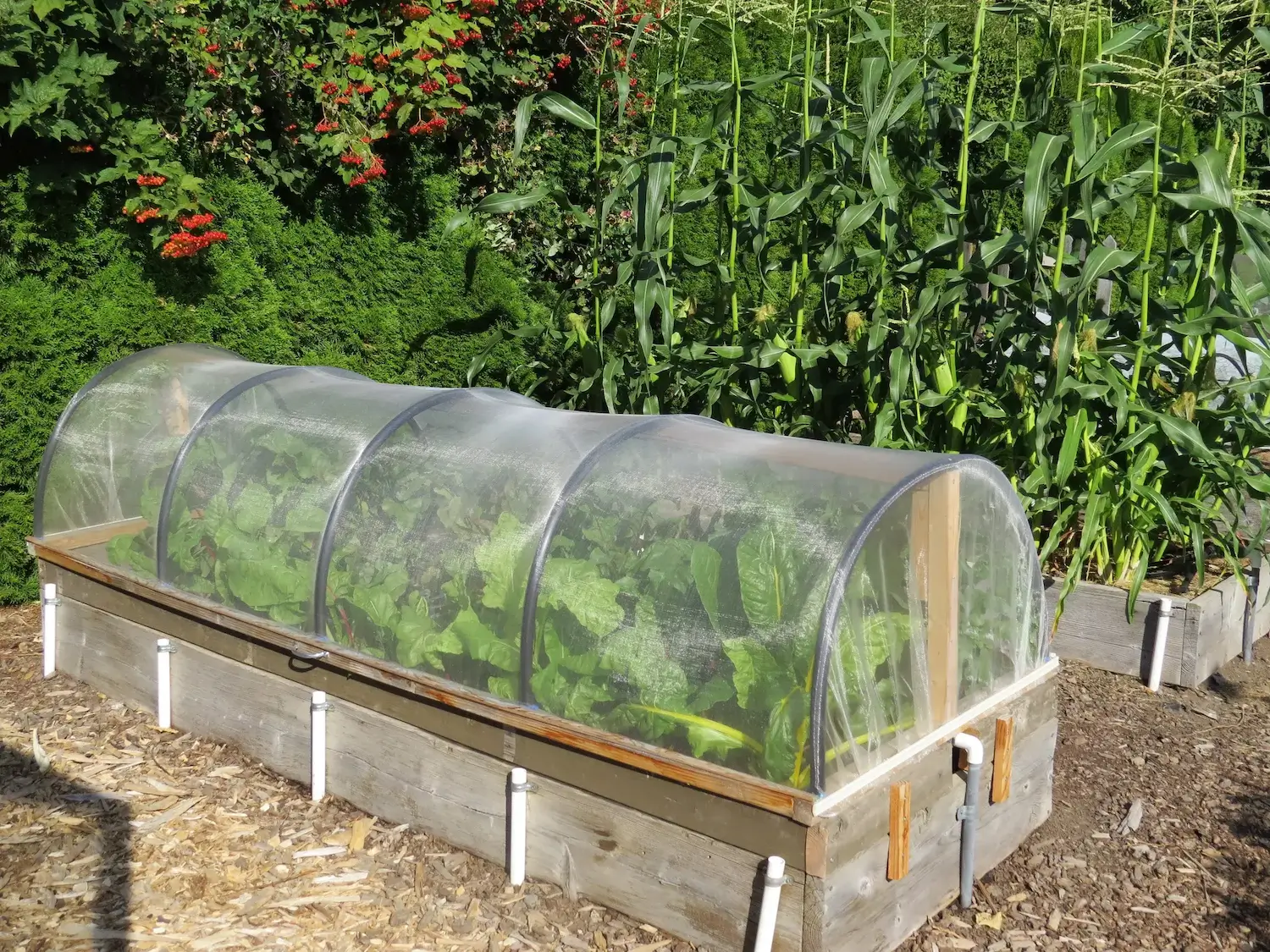
Pest Identification & Prevention
Victor Miller
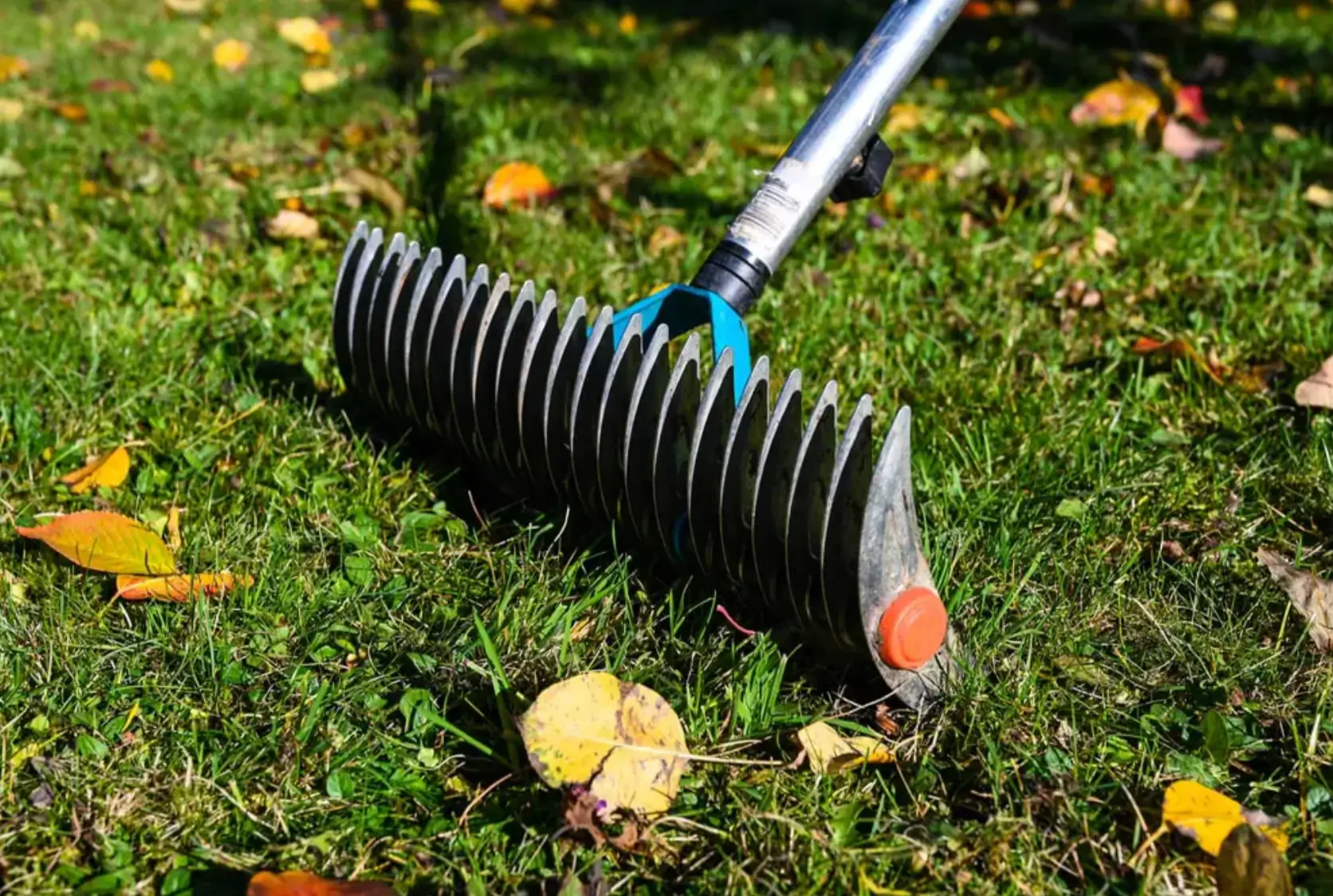
Lawn Care Tips & Maintenance
Victor Miller
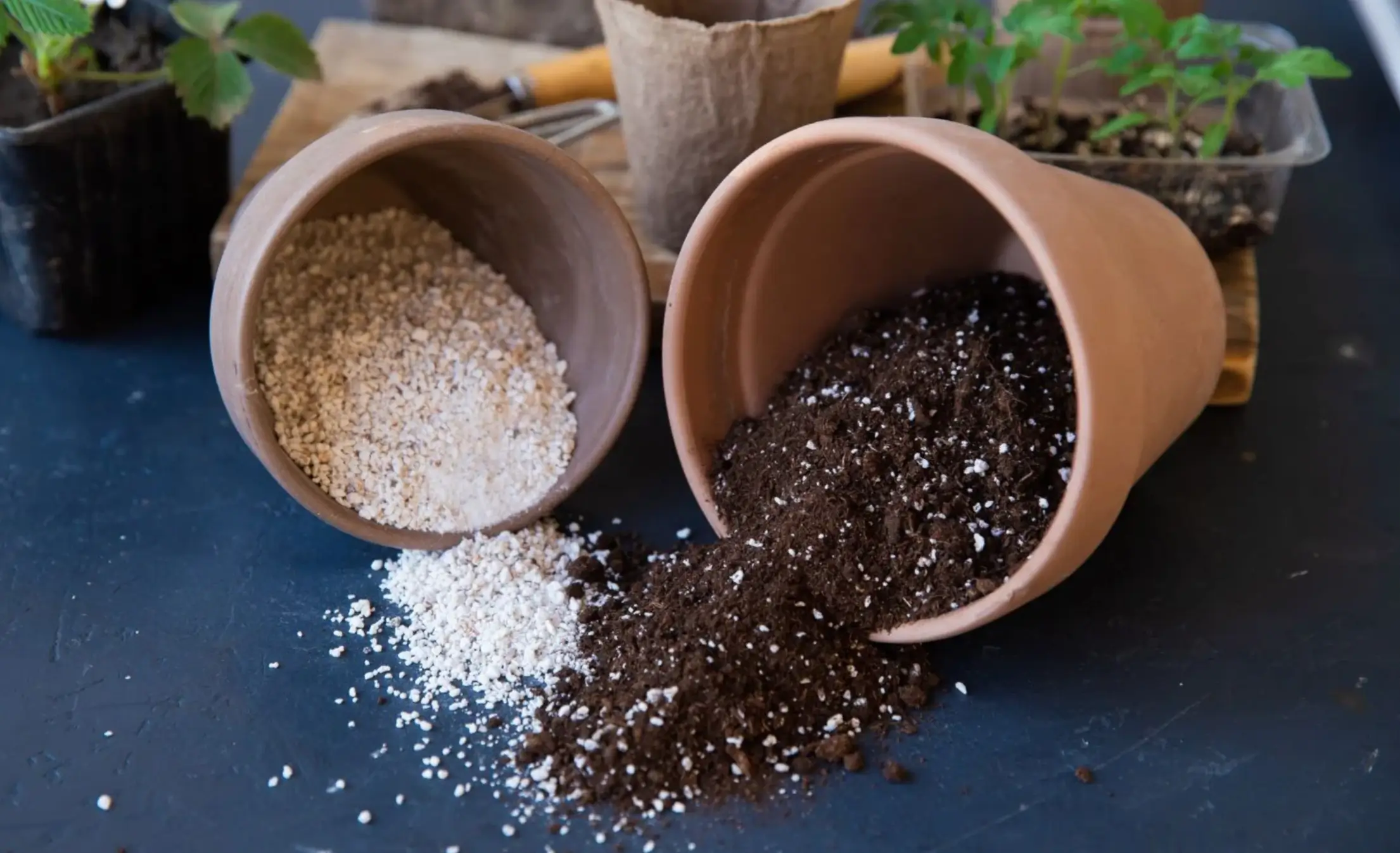
Soil Health & Fertilization
Victor Miller
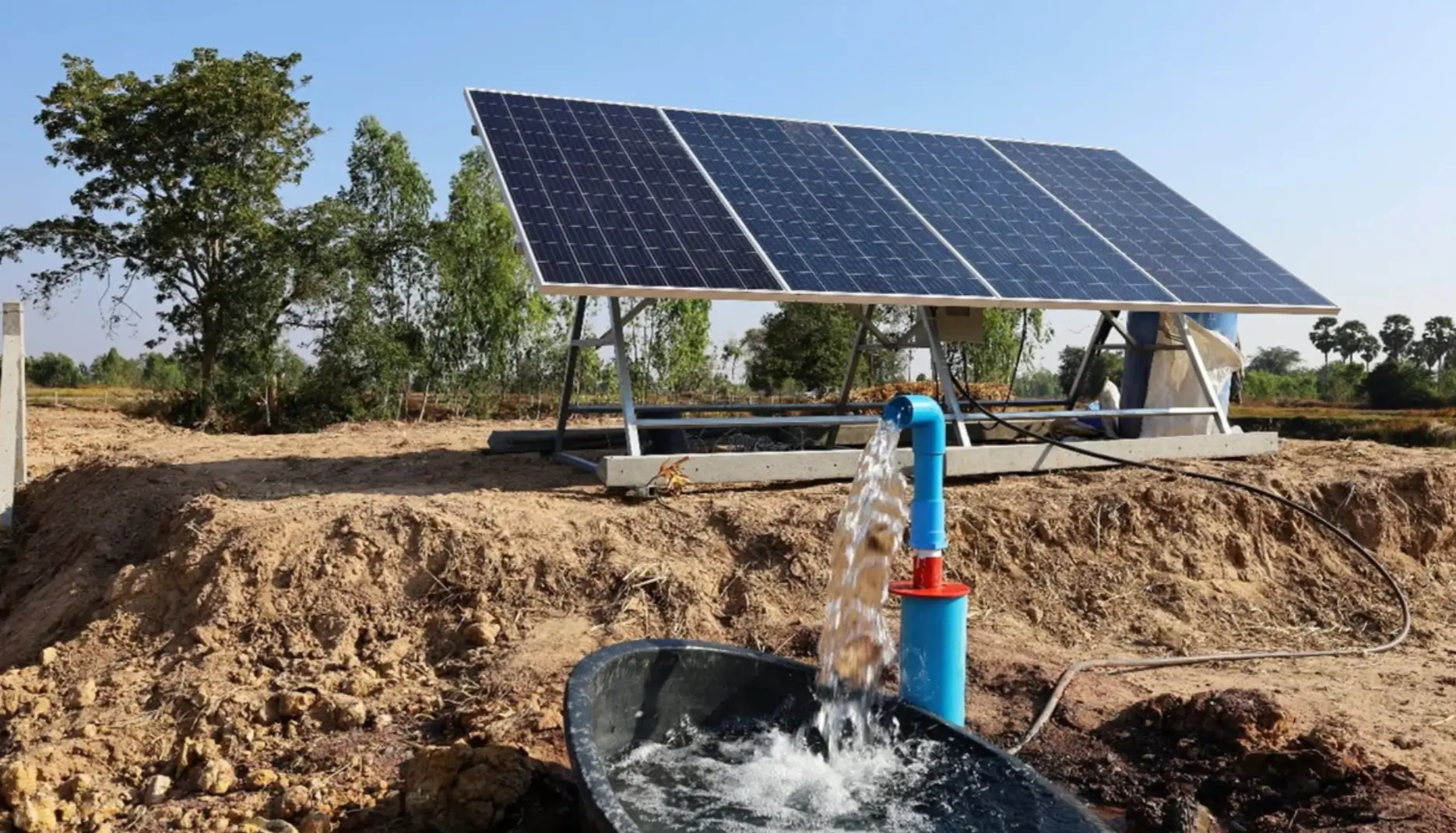
Smart Irrigation Systems
Victor Miller
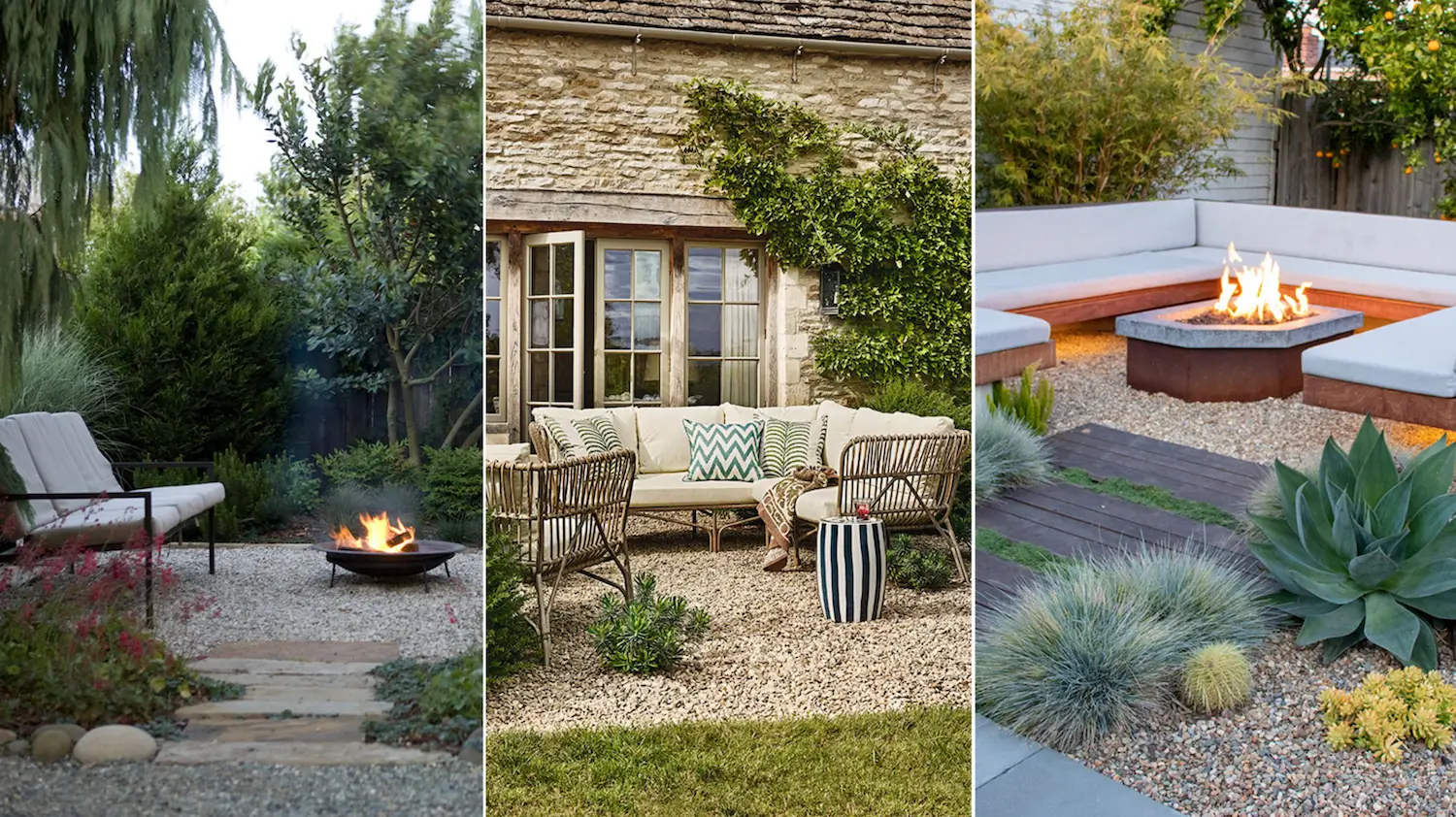
Patios, Walkways & Driveways
Victor Miller
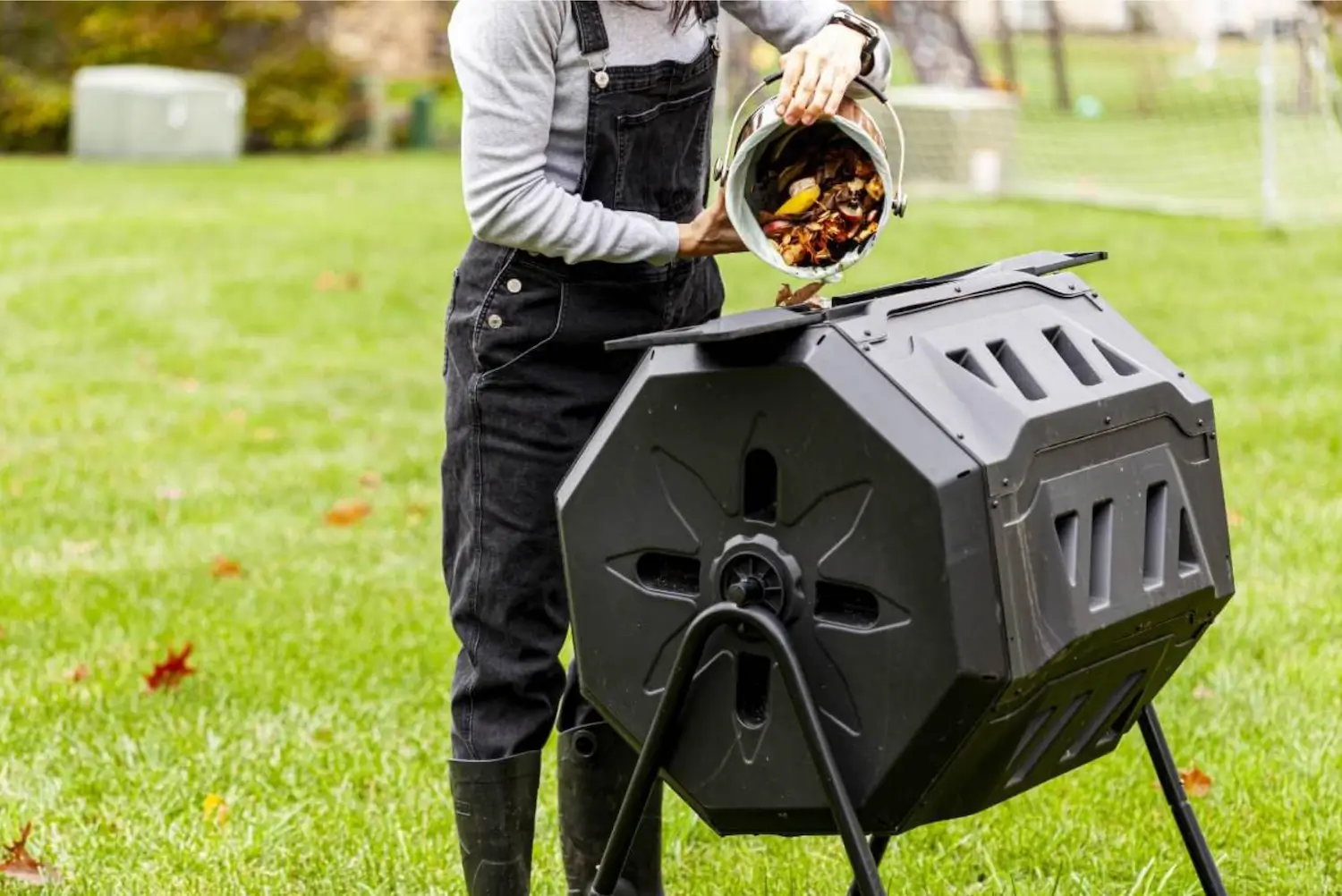
Soil Health & Fertilization
Victor Miller
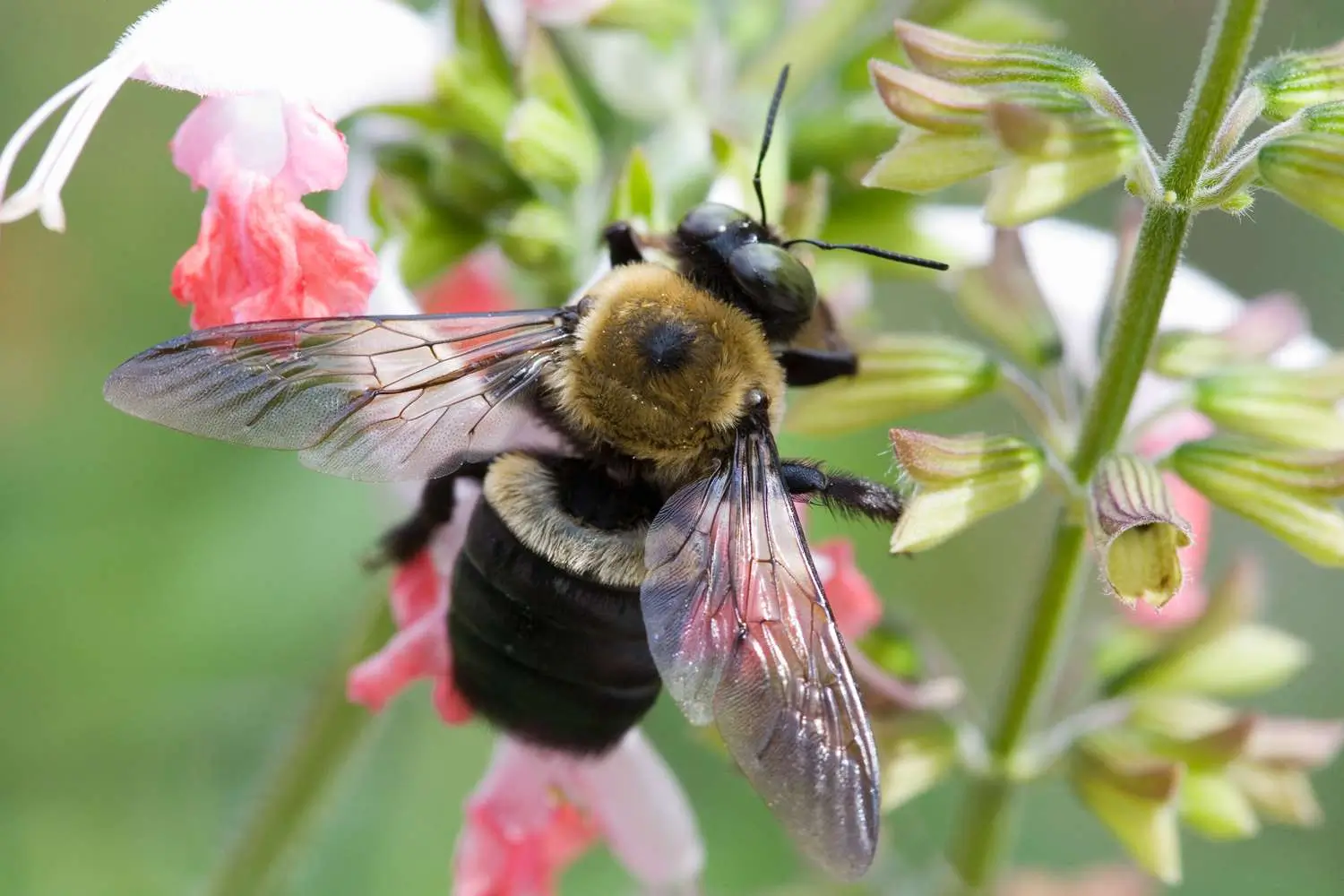
Pest Identification & Prevention
Victor Miller
My Account
Our team is always here to help.
We are open Monday - Friday, 9:00 AM to 4:30 PM PST.